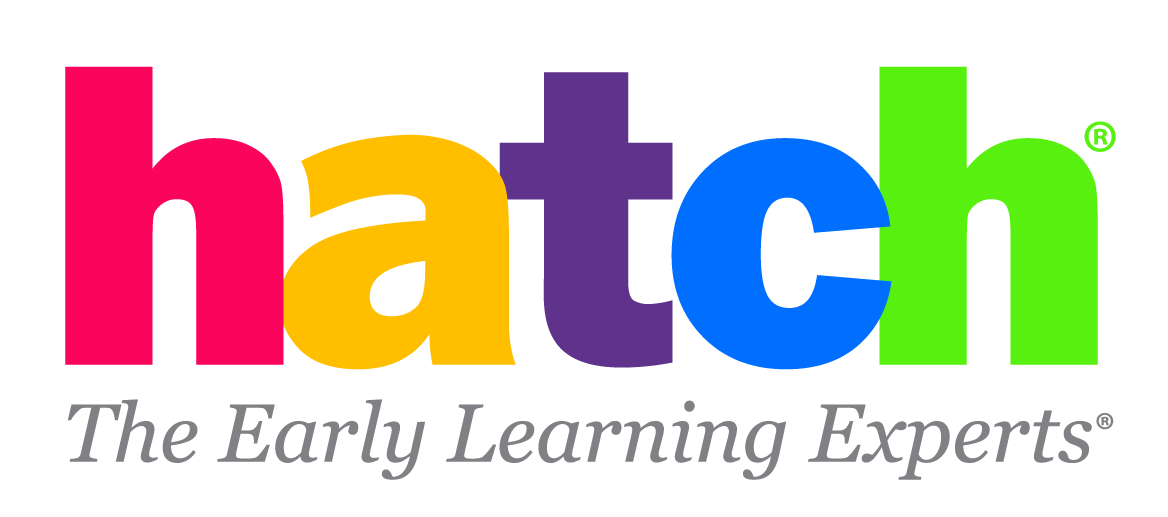Every. Single. Child. Deserves. An. Equitable. Chance. At. An. Education.
The concept isn’t rocket science, and many of us believe in this goal wholeheartedly. But promoting and ensuring equity in the classroom is easier said than done. Personal biases (that we may not even be aware of), cultural biases, structural inequities, etc. all add up to a list of significant, but not insurmountable, roadblocks to equity in the classroom.
Recognizing the importance of promoting equity, the National Association for the Education of Young Children (NAEYC) recently released its fifth position statement: Advancing Equity in Early Childhood Education. And they’re quite clear–this is a group effort.
The statement includes actionable recommendations for everyone (no really, there’s a list titled “Recommendations for Everyone”). But it also includes over 50 specific recommendations for public policymakers, administrators in early childhood education settings, those facilitating educator preparation, and professional development as well as early childhood educators. You can read all their recommendations here.
Over fifty recommendations is a lot, where do you start?
The number one recommendation NAEYC lists for everyone basically tells us to start by looking inward.
Black teachers were considered inferior to white teachers and in some cases, a threat to children in their classrooms – even though black teachers were just as qualified (and in some cases, more qualified) than their white counterparts.
The unintended effects of Brown v. Board of Education continue to impact us:
Here’s what it says:
- Build awareness and understanding of your culture, personal beliefs, values, and biases. Recognize that everyone holds some types of bias based on their own background and experiences. Even if you think of yourself as unbiased, reflect on the impacts of racism, sexism, classism, ableism, heterosexism, xenophobia, and other systems of oppression affecting you and the people around you.
Identify where your varied social identities have provided strengths and understandings based on your experiences of both injustice and privilege.
It’s a big one, but NAEYC provides plenty of resources to help us get there, including:
- Books, Articles, and Reports
- Articles from Teaching Young Children and Young Children
- Websites and Videos
What can you do in your classrooms?
From there, the position statement goes on to list 21 specific recommendations for early childhood educators focusing on four main themes;
- Create a caring, equitable community of engaged learners,
- Establish reciprocal relationships with families,
- Observe document and assess children’s learning and development,
- Advocate on behalf of young children, families and the early childhood profession
While we can’t solve all the issues around equity in one blog post (or with Hatch Resources alone), we are focused on supporting you in creating equitable classrooms.
Let’s start by looking at a few critical recommendations for educators and where Hatch can support your efforts to follow their advice.
- Consider the developmental cultural and linguistic appropriateness of the learning environment and your teaching practices for each child.
- Scaffold children’s learning to achieve meaningful goals.
- Recognize and be prepared to provide different levels of support to different children depending on what they need.
- Use authentic assessments that seek to identify children’s strengths and provide a well-rounded picture of development.
How can Hatch help?
We strive to create research-based, inclusive resources. You’ll see it in everything from the images we choose--real people from many diverse ethnicities, in a variety of community roles--to the dual-language options we offer in resources.
And resources, such as Ignite by Hatch, really dig deep into some of these recommendations with features. You’ll see built-in scaffolding, individualized learning paths based on how children answer questions and real-time, automatic assessments. (Ignite is an adaptive learning platform where students play interactive games for 30 minutes a week to learn school-readiness skills.)
Figuring out how to apply what might seem like abstract recommendations in your early childhood education setting becomes much more precise and concrete when you have a resource working behind the scenes to support your efforts.
For example, the report recommends educators, “Provide different levels of support to different children depending on what they need.” Acting on that recommendation is easier with a resource like Ignite, which automatically documents and personalizes children’s learning and then provides suggestions for supportive instruction.
Or, say you’re working on the NAEYC’s recommendation to “Use authentic assessments that seek to identify children’s strengths and provide a well-rounded picture of development.” Ignite provides continuous assessment of skills and allows teachers to monitor achievements on an on-going basis. That helps teachers better understand if every child is progressing toward kindergarten readiness at an appropriate rate.
And those are just a couple of examples. We know technology alone isn’t the answer to the equity issue, but it can certainly be part of the solution.
We can do this!
Yes, equity is a concern in early childhood education. But the good news is, as our field formalizes and grows, we’re recognizing and addressing some critical issues. It’s not easy work, and we’ll grapple with understanding and implementing some things, but this work will have lasting positive impacts.
And with so many people who are passionate about helping today’s young learners become tomorrow’s compassionate leaders, we can be confident we’re heading in the right direction.
We encourage you to read our research to learn more about how to create equitable learning opportunities for your students.

